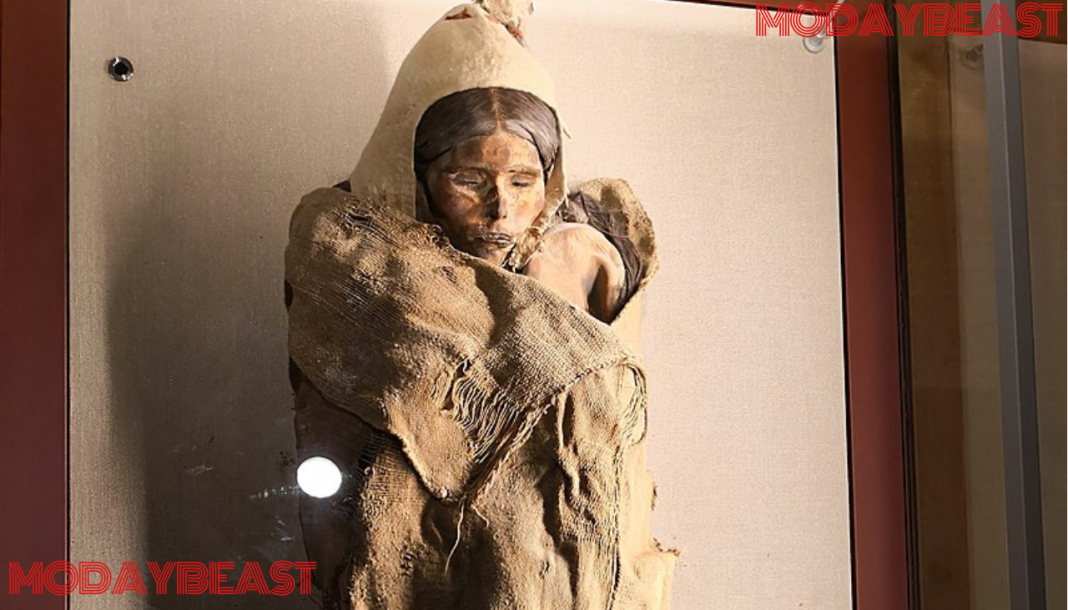**The Mystery of the Bronze Age Woman**
The story of Loulan Beauty is captivating. Discovered in 1980 near the Silk Road in China, her tale unfolds like a drama from the past. Who was she, really? This preserved body, alive over 4000 years ago, sparks wonder. She belongs to the Tarim mummies, a group that offers a window into ancient life. Unlike the intentional preservation seen in Egypt, her condition is almost accidental. With the right blend of heat, dryness, and salt, the sands of time did their work.

Buried near a salt lake, her remains tell a story of survival. Imagine her lone resting place, surrounded by vast desert. The arid conditions enabled remarkably detailed preservation. Eyelashes remain intact, whispering secrets from a world long gone. Each detail of her face reveals layers of humanity. The vast stretches of space surrounding her grave stand in stark contrast to the intricate details that survive.
But what does this mean for us today? As enthusiasts of history, we often grapple with our past. The stories we tell ourselves shape who we are. Does knowing about Loulan Beauty change our perspective? Perhaps knowing of her existence connects us to our shared human experience.
**Revealing Her Origins Through Science**
Loulan Beauty surprised researchers with her rich ancestry. DNA testing unveiled hints of her European roots. She likely descended from people who once roamed Siberia. How did they end up in the arid lands of Xinjiang? This migration speaks volumes of humanity’s adaptability and resilience.
The complexity of her lineage challenges our views on identity. Connection to one region does not erase the paths of movement. It paints a picture of a world filled with interactions. Each culture blended and evolved, often through necessity. Where did we all begin, and how does that shape our identities today?
As the world becomes more connected, reflecting on our heritages matters. It cultivates empathy and understanding among diverse populations. The story of Loulan Beauty is part of a larger narrative. It challenges us to embrace the melting pot of our shared humanity. What does our ancestry say about us, especially now?
**The Emotional Impact of Preservation**
Encountering Loulan Beauty stirs emotions. It’s more than just a scientific discovery. Her existence begs us to confront mortality. Each one of us shares this inevitability, yet few face it so vividly. Imagine coming across a person from thousands of years ago. What thoughts cross our minds? How does one reconcile the beauty of life with the certainty of death?
This ancient woman, with her lifelike features, bridges past and present. She evokes a sense of loss and remembrance. The mystery shimmers with sadness, yet also fascination. Who did she love? What dreams did she hold? These questions linger, compelling us to ponder our mortality.
Moreover, her story speaks to the importance of preservation, both physical and cultural. Artifacts like her remind us that we once walked the earth, carrying hopes and fears similar to our own. Our choices today resonate through time, shaping the future. As we engage with her story, we embark upon a deeper understanding of ourselves. Can we learn from her? What voice does she give to our own experiences?




